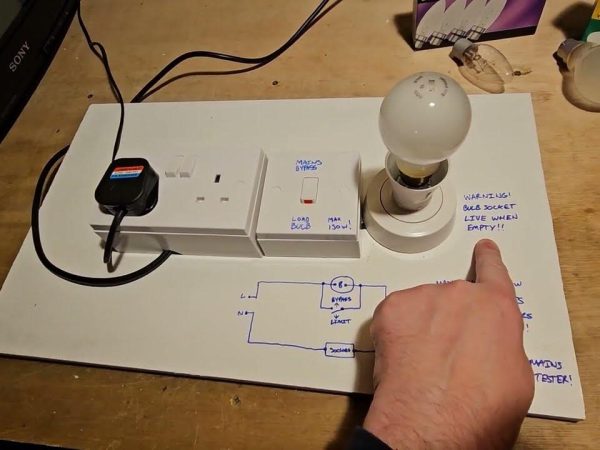Watts Line: The Legacy of Long-Distance Communication

Before the internet and smartphones revolutionized how we communicate, businesses relied on specialized telecommunication networks for long-distance communication. One of the most groundbreaking solutions of the mid-20th century was the Watts line, a cost-effective and efficient service for making long-distance calls.
In this article, we’ll dive into the definition of a Watts line, its history, how it worked, and its role in shaping modern telecommunications.
What Is a Watts Line?
A Watts line is a type of dedicated long-distance telephone service that allows businesses to make unlimited or flat-rate long-distance calls within a defined geographic area. Introduced in the 1960s, Watts lines were primarily used by companies to reduce the cost of intercity communication.
Key Features of a Watts Line
- Flat-Rate Billing:
- Businesses paid a fixed monthly fee instead of per-minute charges for long-distance calls.
- Wide Coverage:
- Allowed calls across regional, national, or even international boundaries, depending on the service plan.
- Exclusive to Businesses:
- Designed to meet the high-volume communication needs of companies, not individual consumers.
The History of the Watts Line
Origins in the 1960s
- Introduced by AT&T, the Watts (Wide Area Telephone Service) line was designed as a solution for businesses with significant long-distance communication needs.
- The service aimed to make business communication more efficient by reducing costs and providing reliable connectivity.
Evolution of the Service
- Initially, Watts lines operated on analog systems but later transitioned to digital networks as technology advanced.
- With the advent of toll-free numbers in the 1980s, Watts lines became synonymous with 800 numbers, enabling businesses to offer free call services to customers.
Decline in Usage
- The rise of VoIP (Voice over Internet Protocol), mobile communication, and internet-based conferencing led to a decline in the use of Watts lines.
- Despite this, Watts’ lines laid the groundwork for many modern communication technologies.
How Watts Lines Worked
Watts lines operated through a dedicated trunk line, connecting the user directly to the long-distance carrier’s network. Here’s how the process worked:
- Subscription to Service:
- Businesses subscribed to a Watts line plan based on their communication needs, often categorized by geographic coverage.
- Direct Connectivity:
- Calls made from the Watts line were routed through dedicated lines, bypassing local toll systems.
- Billing and Usage:
- A flat monthly fee covered all long-distance calls within the plan’s boundaries, making budgeting simpler for businesses.
Advantages of Watts Lines
Cost Savings
- Flat-rate pricing eliminated high per-minute charges for frequent long-distance calls.
Reliability
- Dedicated lines ensured consistent call quality and fewer dropped connections.
Scalability for Businesses
- Companies could easily expand communication capacity to meet growing demands.
Enhanced Customer Service
- Toll-free numbers, an extension of Watts lines, allowed businesses to offer free and convenient customer support.
Comparison: Watts Line vs. Modern Communication
| Feature | Watts Line | Modern Communication (VoIP) |
| Cost | Flat-rate for long-distance calls | Subscription-based, often lower costs |
| Technology | Analog or digital trunk lines | Internet-based |
| Usage | Primarily business-focused | Used by businesses and individuals |
| Flexibility | Limited to geographic regions | Global communication with no boundaries |
Legacy of the Watts Line in Telecommunications
Although no longer widely used, the Watts line’s impact on telecommunications is undeniable. Its introduction marked a significant step toward making long-distance communication more accessible and affordable for businesses.
Pioneer of Toll-Free Numbers
- Watts lines paved the way for the creation of 800 numbers, now a staple in customer service.
Foundation for VoIP and Modern Communication
- The concept of flat-rate billing and dedicated connectivity influenced the development of VoIP and other internet-based communication tools.
Simplified Business Communication
- By reducing costs and increasing reliability, Watts lines helped businesses expand their reach and improve operational efficiency.
Conclusion
The Watts line was a groundbreaking innovation in telecommunications that revolutionized business communication in the mid-20th century. By making long-distance calls more affordable and accessible, Watts lines laid the foundation for the advanced communication technologies we use today.
While they may no longer be a part of modern infrastructure, their legacy lives on through toll-free numbers and the principles of cost-effective connectivity.
Ready to explore modern communication solutions? Build on the lessons of Watts lines with VoIP and internet-based systems to enhance your business operations today!
FAQs
1. What is a Watts line?
A Watts line is a dedicated long-distance telephone service that allows businesses to make flat-rate long-distance calls within specific geographic areas.
2. Who used Watts lines?
Watts lines were primarily used by businesses with high-volume long-distance communication needs.
3. Are Watts lines still in use today?
While the usage of Watts lines has declined, their legacy continues in toll-free numbers and modern communication technologies.
4. How did Watts lines reduce costs?
By offering flat-rate billing, Watts lines eliminated per-minute charges for long-distance calls, making them more economical for businesses.
5. What replaced Watts lines?
Modern technologies like VoIP, mobile phones, and internet-based communication platforms have largely replaced Watts lines.
Also read: Attorney Background: What to Look For and Why It Matters











